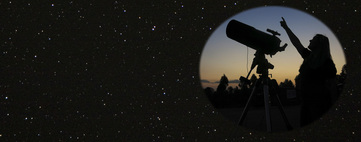Image taken at 5.17pm on the 23rd September 2019 with a Canon Gx7 Mark11 camera set on manual at focal length of 11mm, ISO 125 and exposure was 1/1250th second.
|
This was the stunning view late this afternoon which marked this special day for the ‘Vernal Equinox’ here in the southern hemisphere, the whole western sky had these spectacular crepuscular rays right up to the zenith…absolutely beautiful :-)
Image taken at 5.17pm on the 23rd September 2019 with a Canon Gx7 Mark11 camera set on manual at focal length of 11mm, ISO 125 and exposure was 1/1250th second.
0 Comments
This very pretty planetary nebula is quite large and bright and can easily be found among the stars in the northern sky in Vulpecula. About 4,000 years ago an elderly, bloated giant red star, gave its last gasp and shed off its outer skin exposing its still pulsating heart. What’s left now is an extremely hot white dwarf star that’s exciting the bubble of ionized gas that still surrounds it. This was the first planetary nebula ever discovered by Charles Messier in 1764 while he was comet hunting in the night sky. Please see more details on (M27) on the SEDS website at: http://www.messier.seds.org/m/m027.html The image above was taken at my Stardust Observatory on the 1st September 2019, with a Meade 80mm refractor and a Canon 70D camera, which was tracking on the larger 10inch Schmidt-Cassegrain telescope. There were 15x3 minute images with 10x3 minute darks stacked in DSS and processed in CS4, ISO 2000 and image is cropped. To find more star charts on the constellations please go to:
https://www.iau.org/public/themes/constellations At this time of year here in the southern hemisphere, the Milky Way straddles each side of the zenith and over the night arc’s down into the western sky, so there is plenty of time to capture lots of deep sky objects in this area around the heart of our Milky Way galaxy.
So over the next couple of months on the dark new Moon weekend I’ll try and image as many of these beautiful deep sky objects as I can and share them with you from my Stardust observatory at Leyburn in Australia. ~ The Eagle Nebula M16 in Serpens ~ The Eagle nebula is a diffuse emission nebula and star cluster in the constellation of Serpens (Cauda), it’s a region of star formation with glowing hydrogen gas due to the excitation from ultraviolet radiation emitted by hot young stars embedded in the nebula. The star cluster associated with the nebula is called (NGC 6611). There are two shapes you can see in this nebula, one is the overall shape that does look like an eagle with its spreading wings but the other shape is in the heart of the nebula where the Star Queen gets it’s name and where the Hubble Space telescope imaged the astounding ‘Pillars of Creation’ area in 1995. https://en.wikipedia.org/wiki/Pillars_of_Creation It’s estimated that the distance to M16 is about 6000 light years and its diameter is 35 light years, the estimated age is 2-6 million years old. The other two open star clusters close to M16 (in the top right) is called Trumpler 32 and the denser star cluster (in the bottom right corner) is called NGC 6605. I took this image with a Meade 80mm refractor telescope and a Canon 70D camera that was being tracked on top of a larger Meade LX200 10inch Schmidt-Cassegrain telescope in my observatory. I managed to capture only 7x3 minute images before the clouds came rolling in, I’ll try and capture this object again next month to obtain a lot more data and a smoother in-depth picture. For more information about this wonderful area of sky please go to the links below: NASA’s Hubble Messier Catalog at: https://www.nasa.gov/content/goddard/hubble-s-messier-catalog Wikipedia Messier Objects: https://en.wikipedia.org/wiki/Messier_object Eagle Nebula (M16) https://en.wikipedia.org/wiki/Eagle_Nebula SEDS (The Messier Catalog) http://www.messier.seds.org http://www.messier.seds.org/m/m016.html http://www.messier.seds.org/CONindex2.html Constellation Maps to help you at IAU (International Astronomical Society) https://www.iau.org/public/themes/constellations NASA's Mars 2020 Rover is heading to the Red Planet. Submit your name by Sept. 30, 2019, 11:59 p.m. ET, and fly along! https://mars.nasa.gov/participate/send-your-name/mars2020/ https://mars.nasa.gov/participate/send-your-name/learn https://mars.nasa.gov/mars2020/ Mission Facts Launch Window July 17 - Aug. 5, 2020 Launch Location Cape Canaveral Air Force Station, Florida Landing Feb. 18, 2021 Landing Site Jezero Crater, Mars Mission Duration At least one Mars year (about 687 Earth days) ~ Even Brad Pitt has a ticket to Mars ~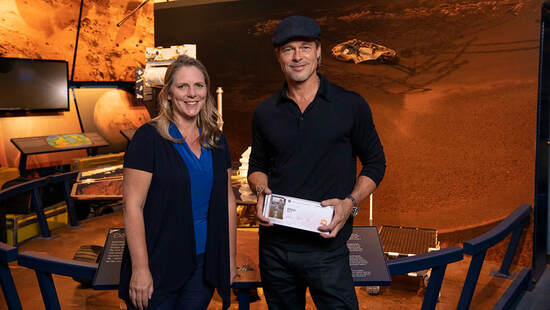 The actor Brad Pitt (right) shows off his "boarding pass" for Mars with Jennifer Trosper (left), the Mars 2020 project systems engineer, at JPL on Sept. 6, 2019. You can send your name to Mars aboard NASA's Mars 2020 rover at https://go.nasa.gov/mars2020pass until Sept. 30, 2019. Credit: NASA/JPL-Caltech NASA News 18th September 2019
It's the final boarding call for you to stow your name on NASA's Mars 2020 rover before it launches to the Red Planet. The Sept. 30 deadline for NASA's "Send Your Name to Mars" campaign gives the mission enough time to stencil the submitted names - over 9.4 million so far - on a chip that will be affixed to the Mars 2020 rover. This rover is scheduled to launch as early as July 2020 and expected to touch down on Mars in February 2021. The Mars 2020 rover represents the initial leg of humanity's first planned round trip to another planet. With this robotic scientist weighing 2,300 pounds (1,040 kilograms), the Mars 2020 mission will search for signs of past microbial life, characterize the planet's climate and geology, collect samples for future return to Earth, and pave the way for human exploration of the Red Planet. "As we get ready to launch this historic Mars mission, we want everyone to share in this journey of exploration," said Thomas Zurbuchen, associate administrator for NASA's Science Mission Directorate in Washington. "It's an exciting time for NASA as we embark on this voyage to answer profound questions about our neighboring planet, and even the origins of life itself." The opportunity to send your name to Mars, which opened on May 21, 2019, comes with a souvenir boarding pass and "frequent flyer" points. This is part of a public engagement campaign to highlight missions involved with NASA's journey from the Moon to Mars. Miles (or kilometers) are awarded for each "flight," with corresponding digital mission patches available for download. More than 2 million names flew on NASA's InSight mission to Mars, giving each "flyer" about 300 million frequent flyer miles (nearly 500 million frequent flyer kilometers). You can add your name to the list and obtain a souvenir boarding pass to Mars here: https://go.nasa.gov/Mars2020Pass |
AuthorI just love being under the heavens, come on a journey with me and I’ll share some of the amazing wonders of the Universe with you. Noeleen :-) Archives
June 2024
Categories
All
|
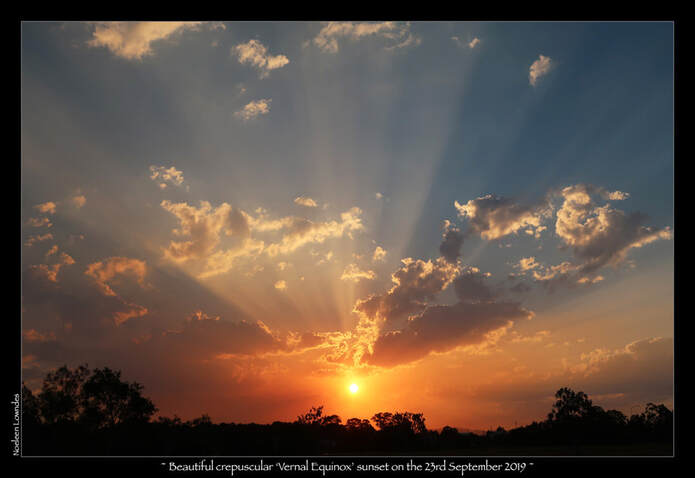
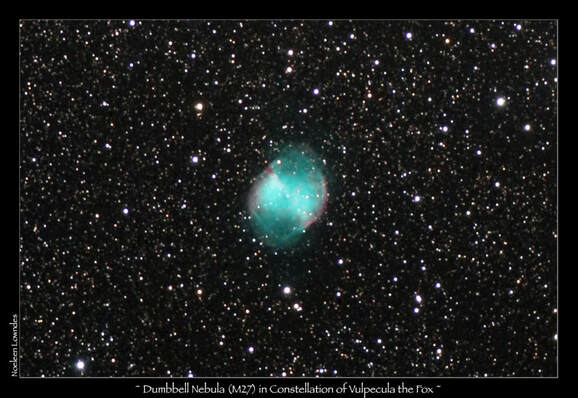


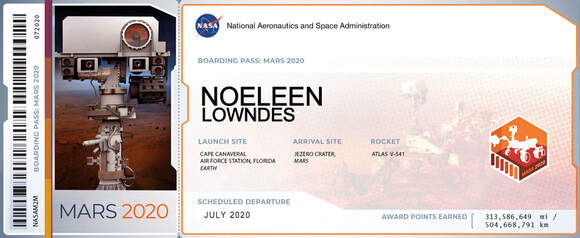
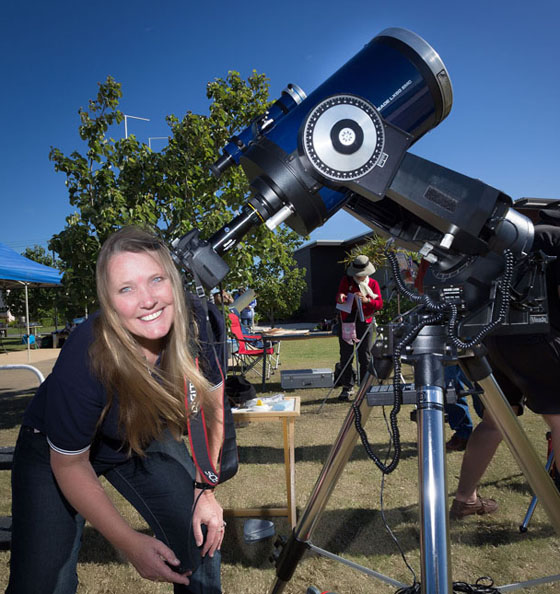
 RSS Feed
RSS Feed
